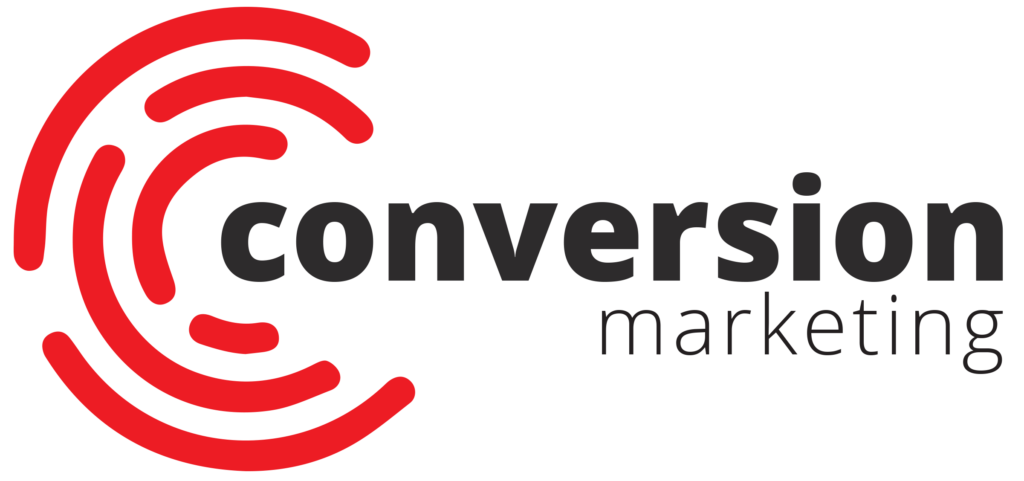Telephone Consumer Protection Act (TCPA) compliance in 2021 is trying to level the playing field for consumers, giving them even more insight into who has their phone number and why they’re using it. To limit costly fines and lawsuits, we’ll look at some tips to keep your protocol on the straight and narrow.
30th Anniversary
This is the 30th year of the act, and it’s had to evolve over time to keep up with the ever-changing number of devices.
To protect consumers from unwanted communications, here are a few tips to getting it right for this year:
- Dialer: Your dialer needs to meet compliance regulations, which can be done with proper risk management and human interference.
- Leads: TCPA compliant leads are a must for companies that don’t want to take any chances. These opt-ins are legal (and a better long-term strategy than trying to find a loophole in the rules).
- Metrics: If you’re not analyzing your metrics, you’re liable to waste time on people who are not interested in your product/service (either anymore or at all).
- Flexibility: If your communication is easy to adjust, it makes it possible to keep your contact rates high without risking violations.
These guidelines are all just another way of saying that you need to be involved. If you’re calling on the same number 100 times a week, there needs to be some way of tracking this and solving the problem before it’s allowed to keep happening.
STIR/SHAKEN
This concept (Secure Telephone Identity Revisited and Signature-based Handling of Asserted Information Using toKENs) is being introduced this year to cut back on robocalls. The idea is that the carrier will authenticate these calls to reduce confusion and wasted time on the part of the consumer. Please note that while this may be designed for robocalls and there are no fines attached to it, it’s worth knowing how the rules work if you make any outbound calls.
By the end of June 2021, all affected parties are meant to deploy a STIR/SHAKEN solution (e.g., an automated service that ‘signs’ the calls for you). So if a T-Mobile call is placed, the carrier must be allowed to verify that call, ensuring that customers understand who is on the other end before they pick up.
If a company receives an A rating, it means that the carrier is fully confident in the caller’s identity and their authority to call upon a consumer. A B rating means that the carrier knows who the caller is but is unsure of the authority. A C rating means that that carrier can’t authenticate either the caller or the authority. This doesn’t block poorly rated calls, but it can have the same effect as it could cause the consumer to take the extra step themselves.
Why It Matters
TCPA can sometimes feel like a hassle, but the benefits are real for legitimate companies. The primary goal is to build trust with the consumer, which is something that all companies need if they want to survive. By getting rid of people who would take advantage of the situation, it makes it more likely that the legitimate companies can start a conversation off on the right foot. Getting call volume down means the ones that do go through will be those with something of real value to offer the consumer.
Finding the Right Leads
As mentioned, leads are going to be a large component to meeting TCPA regulations, as is finding the best ways to reach out to them. A lead can technically be considered verified even if the person hasn’t given consent to your particular company. For instance, a homeowner who’s interested in solar panels as opposed to a homeowner who’s interested in Bob’s Solar Panels). It can be a tricky balance, but you can get higher contact rates once you have a smarter strategy in place.

